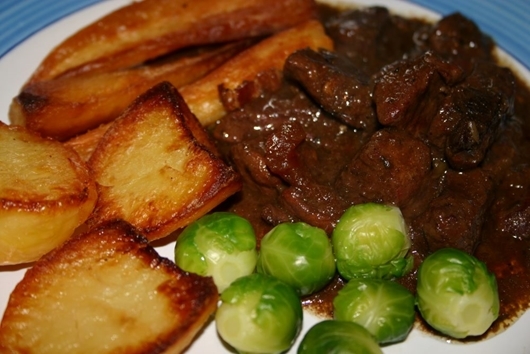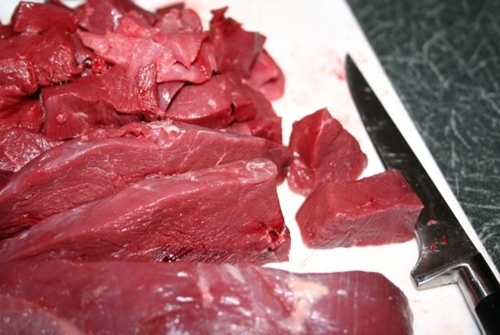
By Mike Swan, GWCT Senior Advisor
Finding myself in ownership of four Canada Geese that no one else wanted at a shoot ‘share out’ in SW Scotland a few days ago, I was reminded of this recipe which I wrote back in January 2010. If you read on you will see that I feared I was ‘letting the cat out of the bag’, but clearly, I was wrong:
Part of the good news about the 2010 pest bird general licences for England is the extension of the reasons for which Canada geese can be shot all year round, to conservation of flora and fauna as well as problems like crop damage. However, we should not forget that these big birds are a valued quarry species too.
Either way, sale of a dead Canada is illegal, so we need to use them ourselves. I am always surprised at how few people properly value these big and eminently edible birds. Time and again I take one home from a shoot because no one else wants it, so maybe I’m about to reveal too much!
Unlike the Christmas goose, a wild Canada is likely to be several years old, and to have toughened its muscles by doing a good deal of flying. However, a long slow roast will still produce delicious tender meat if you have a bit of patience. These days however, my favourite method is a casserole.

We have all heard of “Boef Bourgignon”, so lets call this “Goose in Claret”.
- Pluck the centre of the breast, and then cut down each side of the bone to fillet off the breasts. The fat under the skin tends to stick here, but a little careful knife work should give you two big slabs of lean meat.
- After this, skin back over the legs so that you can bone out the thighs. The drumsticks are a bit stringy to cube, but can be left whole to use. You should also reserve the liver and heart for pate, along with any small trimmings.
- Use some of the bones with a bouquet garni to make stock.
- Cube the meat, and coat in flour seasoned with salt, pepper and mixed herbs.
- Chop and fry a large onion plus a crushed garlic clove in a little olive oil, and turn it into a casserole when browned.
- Brown the pieces of meat in the same pan, finally deglazing it with a large glass of cheap red wine (not good claret).
- Pour the whole lot into the casserole, along with enough stock to cover the meat, and a couple of tablespoons tomato paste. I usually also add a tablespoon of redcurrant jelly.
- I find that this casserole works best if cooked the day before you plan to eat it. Cook for at least two hours on day one and allow it to cool slowly.
- Start to reheat at least an hour and a half before you plan to serve.
- Meanwhile chop about 100g of smoked streaky bacon into small pieces, and fry these in a little more olive oil. When they have browned, tip them in and scrape in the oil. Remember, the meat is very low fat, so this bit of fat bacon and olive oil really does help.
- An average Canada will yield over 3lb (about 1.3kg) and will make a very fair casserole for six people. Serve with roast or mashed potatoes, and seasonal vegetables.
Back home in Dorset, with a Hogmanay supper to lay on, I decided that this would make a good alternative choice alongside a pheasant curry and ended up cooking the meat from three Canadas to this recipe, with just one minor modification, which was to use celery salt rather than plain. The result was quickly scoffed by the assembled party, and clean plates were a sure indication that no one was disappointed.
Get the Latest News & Advice
Stay updated on the latest news, advice and research. Sign up FREE today.
*You may change your mind any time. For more information, see our Privacy Policy.